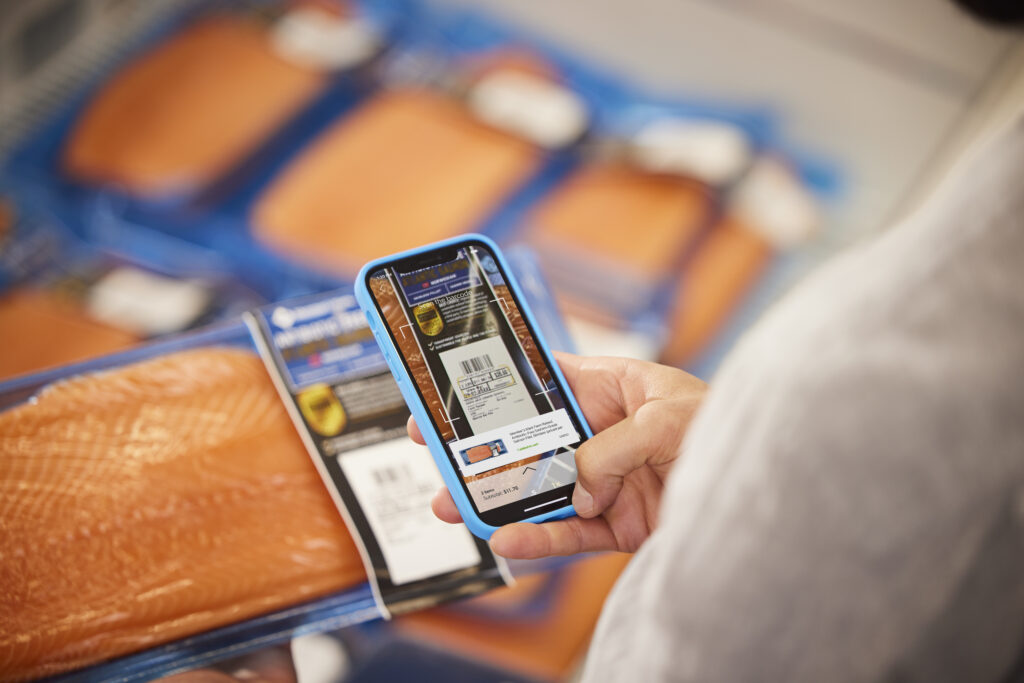Launching a network was just the beginning. Here’s what retailers must do to build a sustainable, successful business.
By Michele Roney, Mars UnitedSM Commerce
Congratulations, you’ve successfully launched a retail media network. You might not have hit your year-one revenue target, but that’s OK. You also probably weren’t able to secure the headcount and other resources you needed to reach that goal.
This is no time to relax, however. Year two is when the real pressure starts. Management expectations will be higher and harder to achieve, competition with other networks will be stronger, and the demands from advertisers will be greater. And guess what: you likely still won’t get the headcount you need to accelerate the business.
What should you do this year to improve operations, grow the business, and keep everyone inside and outside the organization happy? Based on the experience we’ve gained developing media networks for some of North America’s top retailers, Mars United’s Retailer CX suggests taking the following steps to address potential gaps in your operation that you might not even realize you have.
 1. Create a marketing plan.
1. Create a marketing plan.
“Build it and they will come” might work in Iowa cornfields, but it doesn’t for media networks — regardless of how strong your merchant’s vendor relationships are. Retail media networks don’t sell themselves; you’ll need to generate demand.
To do that, gather supporting data about your unique audience, identify your key capabilities, and create case studies on early successes to prove your network’s value to advertisers. Clearly articulate your points of differentiation, which ideally are the same strengths you’ve established as a retailer. Build a plan, a team, and the materials — website, sales sheets, etc. — to tell your story in the market. Remember that you’re selling ad solutions to marketers, so you need to speak their language.
2. Bring the merchants on board.
You may have launched the network as a stand-alone business, but integration with the rest of the retail organization needs to become a core aspect of your value proposition. Enterprise-wide collaboration has become a must-have for retail media advertisers. What’s more, your internal teams could end up competing for vendor dollars.
You’ll need support from all internal stakeholders, but most critical is developing a collaborative relationship with the merchants to facilitate omnichannel planning and activation. Your merchants hold the keys to the store and have tremendous influence over their vendor partners.
3. Get the measurement model right.
Have you built a model for measurement equal to those of the more-established networks in the space? Will you be able to evolve with the marketplace and keep pace with the competition?
Few (if any) capabilities are more crucial to success or failure than the ability to accurately measure the impact of retail media campaigns on the brand’s business. You need to continuously improve and evolve the capabilities that you have.

4. Set internally beneficial KPIs.
Yes, you want to give advertisers the metrics required to validate their spend. But remember that brands typically evaluate all retail media through the same lens, regardless of channel or audience makeup.
Make sure you’re employing KPIs that reflect your own business model rather than industry-wide, cookie-cutter metrics that won’t provide fair competitive comparisons — and also won’t give advertisers an accurate understanding of how your unique value is benefitting them.
5. Make your data monetizable.
You might have been able to launch the network without strong audience data, but that won’t hold up for long. Addressable, actionable first-party data is the most critical element of future success. If your data isn’t monetizable, your media won’t sell either.
Monetization isn’t possible unless your database can deliver a single, accurate view your shoppers that will let advertisers effectively target audiences, and then accurately measure impact. For that, consider building a customer data platform or ad hoc solutions that can collect, integrate, clean, and align your customer data from multiple sources.
6. Assess the tech stack.
A basic tech foundation may have been sufficient for launch, but you’ll need to continuously scale and evolve to keep pace with the industry’s evolution. Do you have that CDP to align your data? A DSP (demand-side platform) to automate media buying? There is a growing suite of both back-end and advertiser-facing tools that must be added to your initial toolbox.
An obvious question to ask here is how much of the tech stack should be built in-house versus outsourced to external parties. The obvious answer depends on what internal skills and resources you already have or might be able to add. There is no shortage of expert partners who can deliver these tools — and probably more quickly than you can on your own.

7. Set realistic expectations.
You’ve been handed some ambitious numbers to hit. But leadership might be benchmarking those expectations against the success of far more established networks. To match that level of success, you’ll need to match those networks tool for tool — realistically speaking, however, it still won’t be possible for every network.
Make sure the organization level-sets on achievable expectations after comprehensively reviewing both your own resources and your industry standing among vendors. Then develop a sound strategic plan that can get you there.
8. Reassess and find the right partners.
The most challenging aspect of year two is that all these changes need to happen concurrently. And it can be a daunting task. But you don’t have to go it alone.
Finding the right partner can help you accomplish any of these steps faster and more efficiently; finding a single partner to help accomplish them all could be the ideal solution for driving immediate growth — and support you in lieu of that headcount you requested.
The bottom line across all these steps is to prepare yourself for the complexity involved in scaling a successful retail media network beyond that initial year-one growth. There are plenty of opportunities and untapped investments that your team should be able to source. But you need to invest and build out the business in competitive ways.
To learn how Retailer CX can help build a best-in-class retail media operation, contact the author at [email protected].

About the Author
As EVP at Mars United Commerce, Michele Roney leads the Retailer CX business, which helps retailers drive growth through marketing, customer experience design, and the creation, operationalization, and monetization of retail media networks. A 32-year company veteran with experience across retail marketing, media and promotion, she has led the ground-up development, management and support of leading networks both in the U.S. and Canada.



